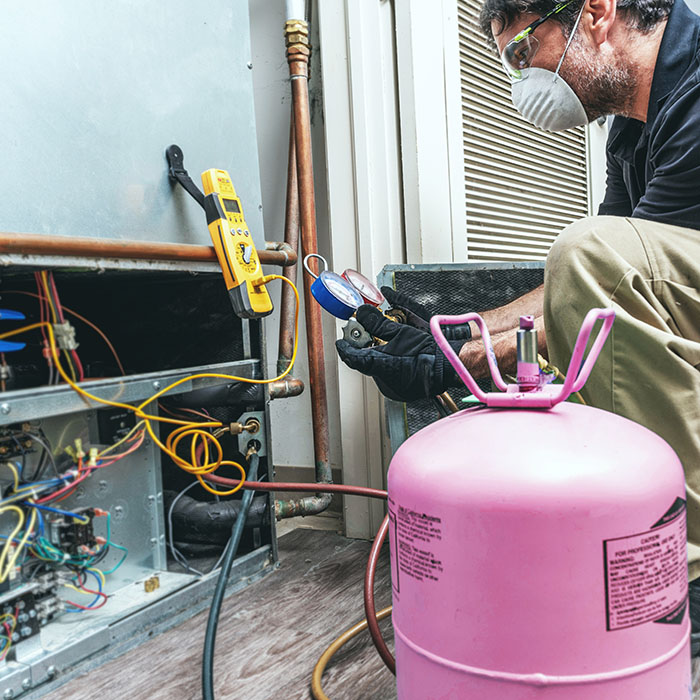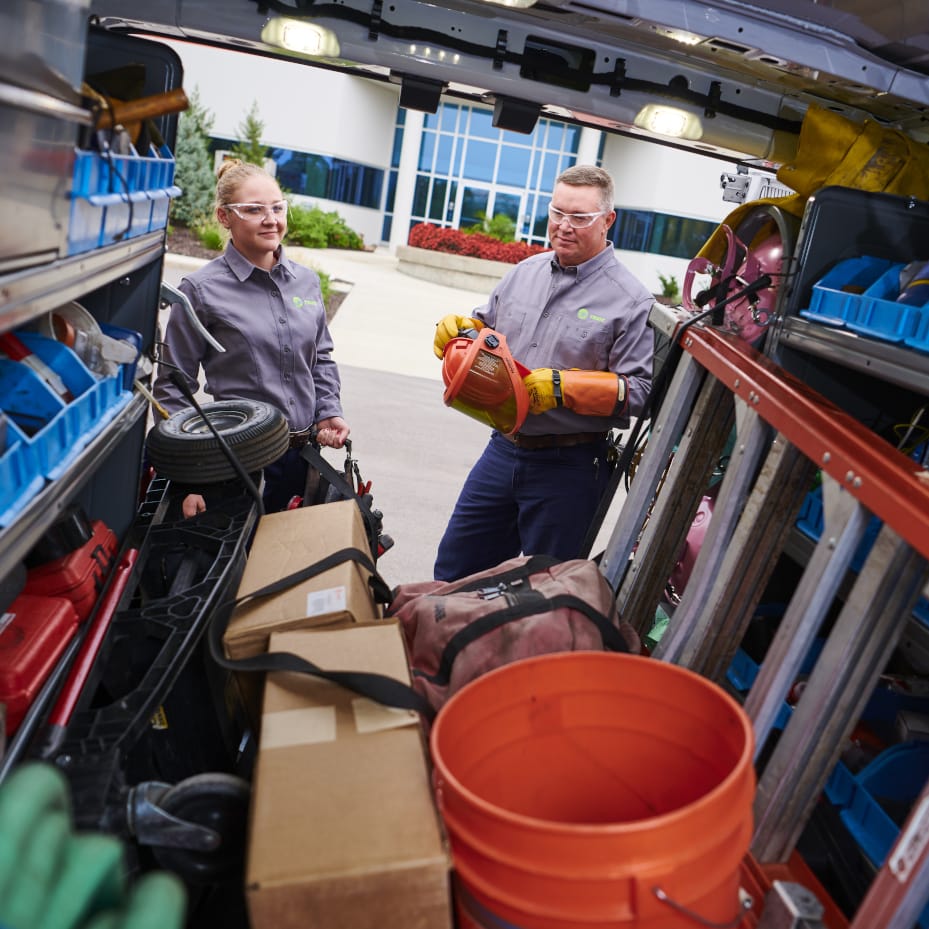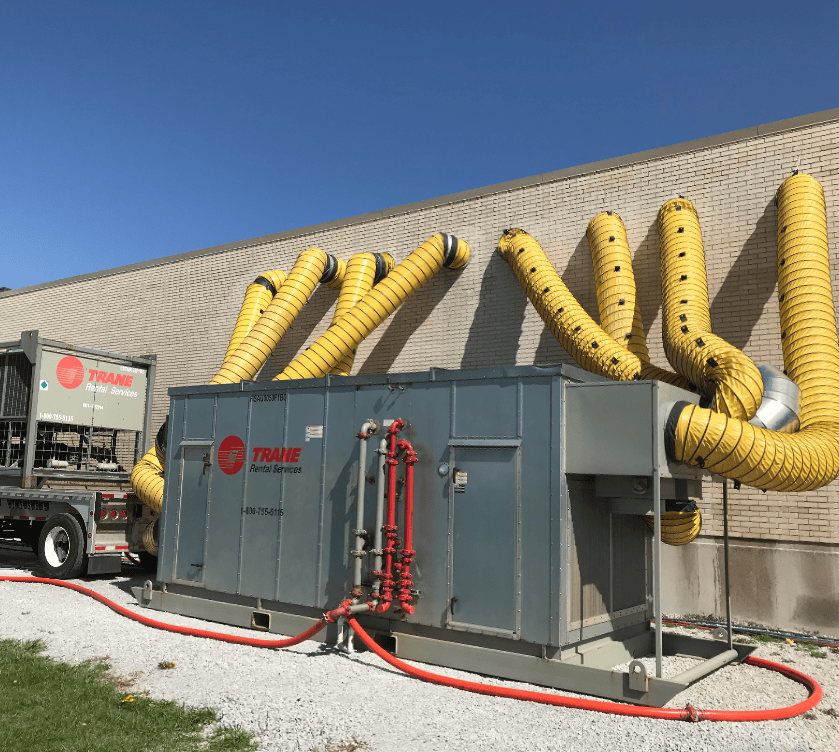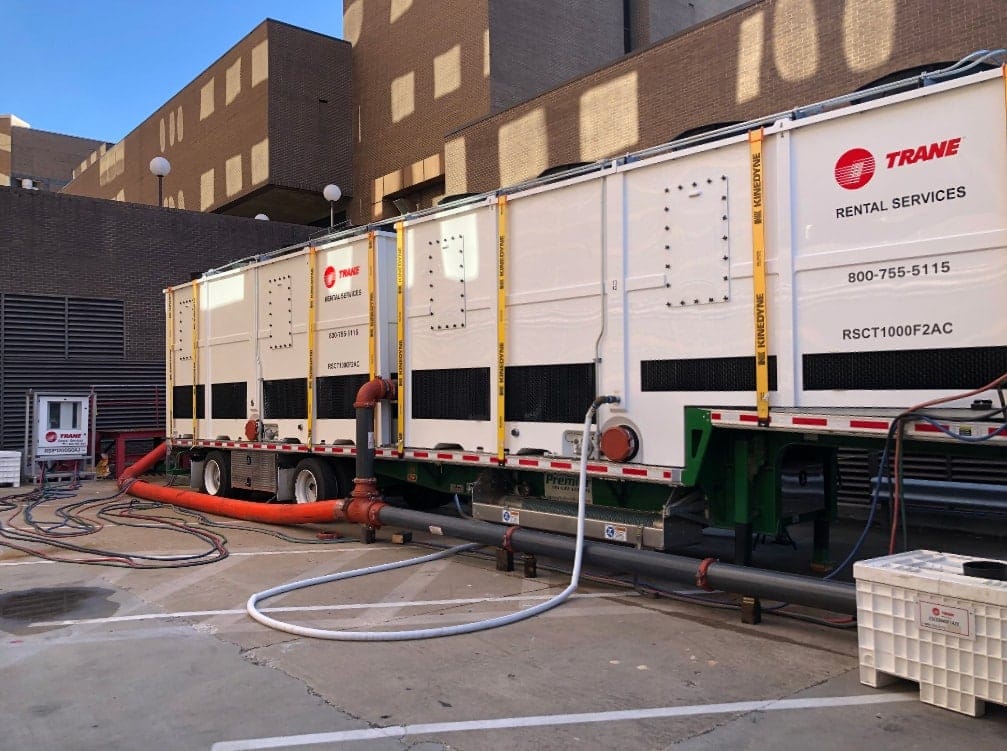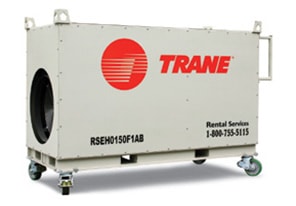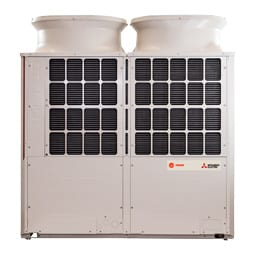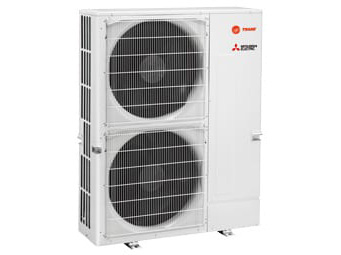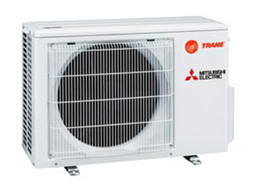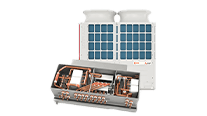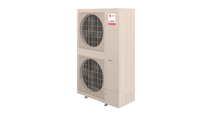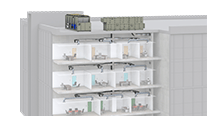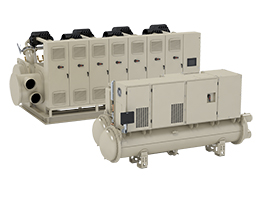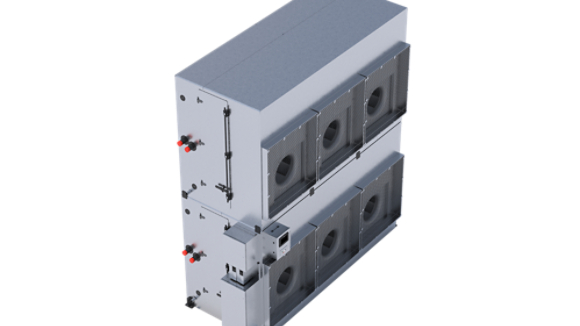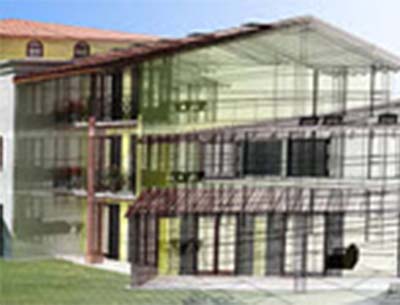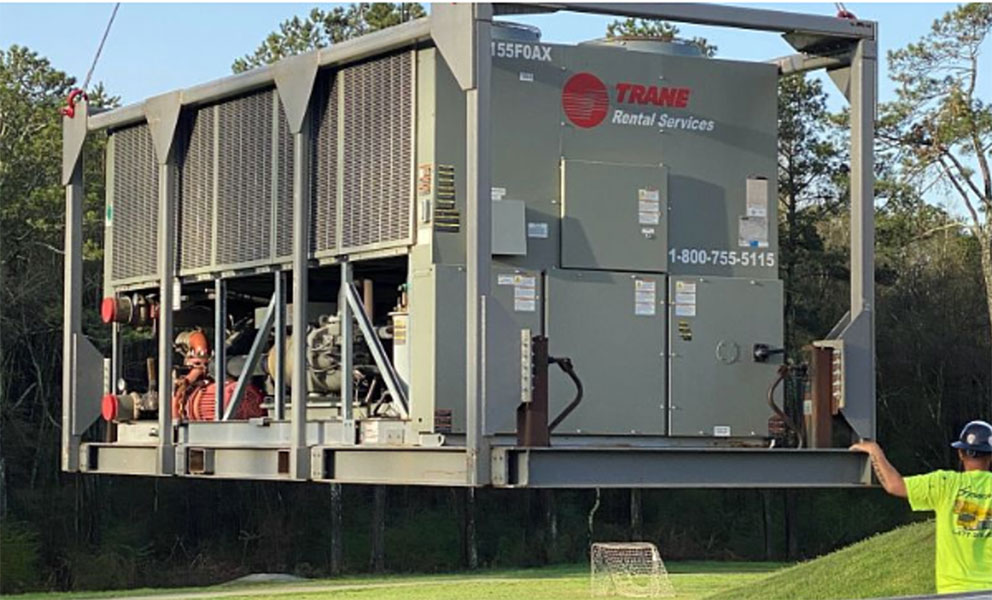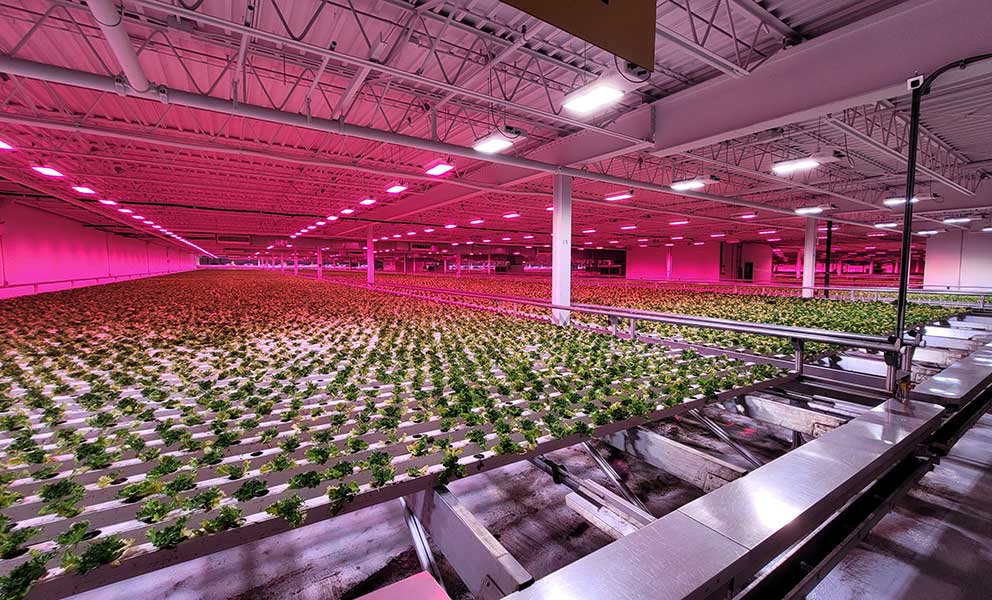The Life Science Industry is making great strides in becoming more sustainable. And for good reason. Since 2015, the carbon intensity of the industry has increased by over 40%, and McKinsey reports that healthcare systems account for nearly 10% of national GHG emissions. That’s more than either the aviation or shipping industries. Pharmaceutical and med device manufacturing requires a highly specific, sterile environment. Any fluctuation in temperature, humidity, or pressure could impact product quality.
Many life science manufacturers have invested heavily and set audacious goals to help reduce emissions and build more sustainable business practices. But many don’t have a roadmap for how to achieve these goals.
To help bridge this gap between desire and execution, we’ve put together four factors to consider in reducing the carbon impact of life science manufacturing.
Energy Efficiency
Energy efficiency simply means using less energy to produce the same (or better) results. Historically, chiller efficiency has been measured in kilowatts per refrigeration ton (kW/RT), but this metric is only part of the story. True efficiency takes a systems-level view and looks for ways to help reduce and optimize energy output. Creating efficiency at the equipment level is a must, with new technology advancements creating unique solutions to drive efficiency.
Here are two innovative approaches that can add energy efficiency to life science operations:
- Heat recovery and reuse: Heat that could otherwise be wasted – from things like walk-in freezers or refrigerators – can be captured and repurposed back into the system and used for heating hot water systems and reducing boiler load.
- Thermal storage – Ice heating uses heat pumps and thermal energy storage to heat or cool commercial buildings. Using “ice batteries” to decouple heating and cooling systems can dramatically increase system-level efficiency. For example, spring/fall might have cold overnight ambient temperatures but warm ambient temperatures during the day. The ice batteries can be "charged" during the night and stored with ice to be used during the day for cooling operations.
Electrification of Heat
Like electric vehicles, HVAC systems are transitioning to take advantage of grid electricity that is increasingly produced using cleaner renewable energy sources. Historically, pharmaceutical plant design consisted of a boiler for heating and a chiller for cooling… and never the two shall meet. But technology has evolved and to decarbonize operations we must first reduce, and next eliminate boiler load.
Using heat pumps to transition to electric heat builds incredible sustainability into facility operations. Heat pumps work by pulling heat from the air or underground and using it to heat a building. In warmer months, the process reverses and uses refrigerants to cool the building. Because heat pumps are moving heat instead of creating it, they can be significantly more efficient than gas furnaces.
Refrigerant Management
It’s well known that the refrigerants used to run HVAC systems can emit harmful greenhouse gases. High-pressure refrigerants are more prone to leakage and tend to have higher GWPs. But better options are emerging in the market. Help to eliminate or reduce high-pressure refrigerant operations by converting to next-generation, low-GWP refrigerants is critical to slowing emissions.
Renewable Energy
To achieve full building decarbonization, you need a clean energy source. But to achieve the temperature precision needed for life science facilities, a reliable energy storage solution might be even more important than energy generation. Thermal batteries, as mentioned above, are a simple and effective storage solution. Thermal energy storage uses ice to collect and store renewable energy when it is available and abundant, and then dispatch it when supply is low.
As a climate management expert, Trane has spent decades creating the best heating and cooling systems that make buildings run more efficiently with fewer emissions, to create optimal indoor spaces that lead to better health outcomes. Get in touch today to learn how we can help you achieve your decarbonization goals. .




